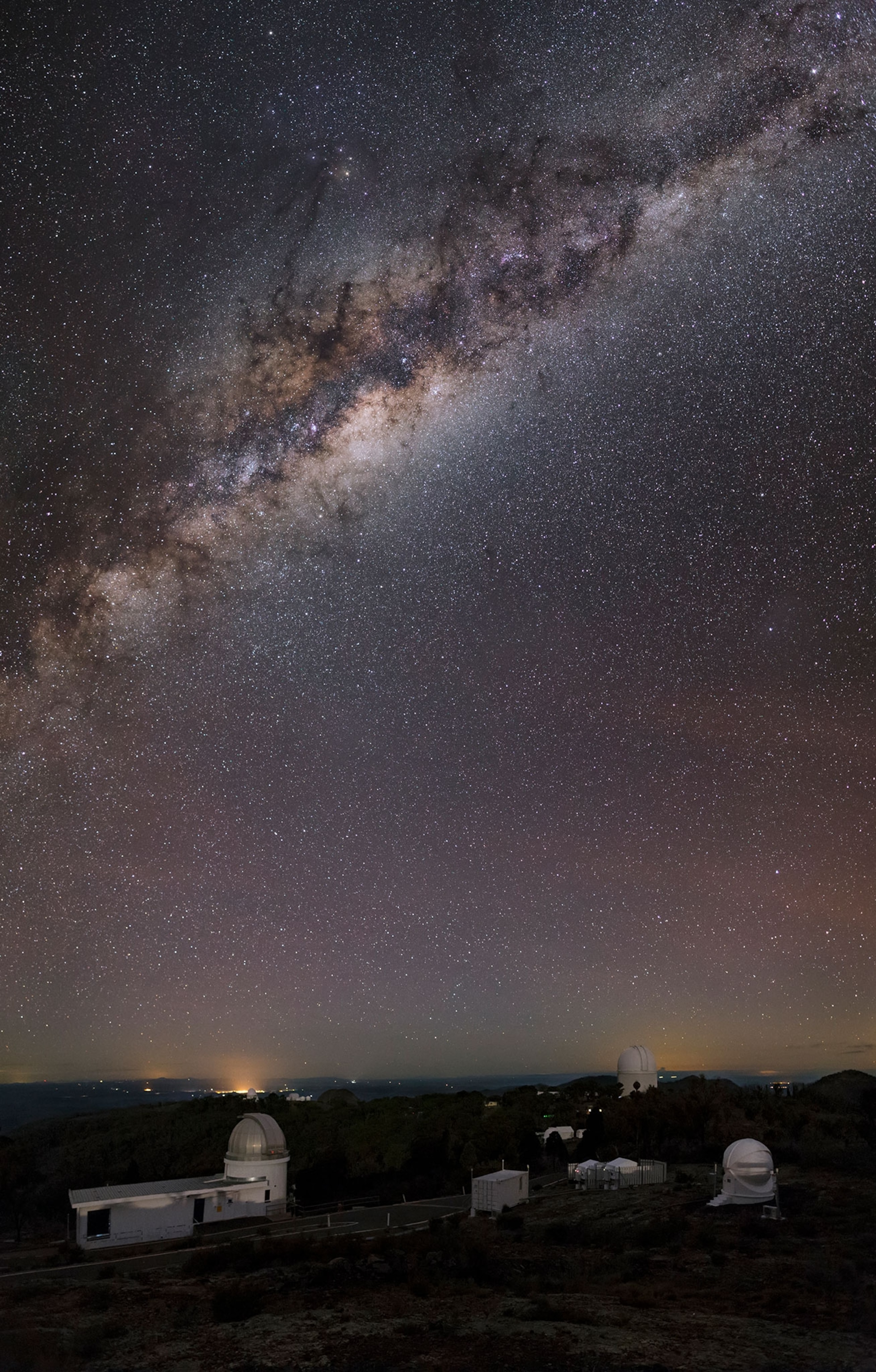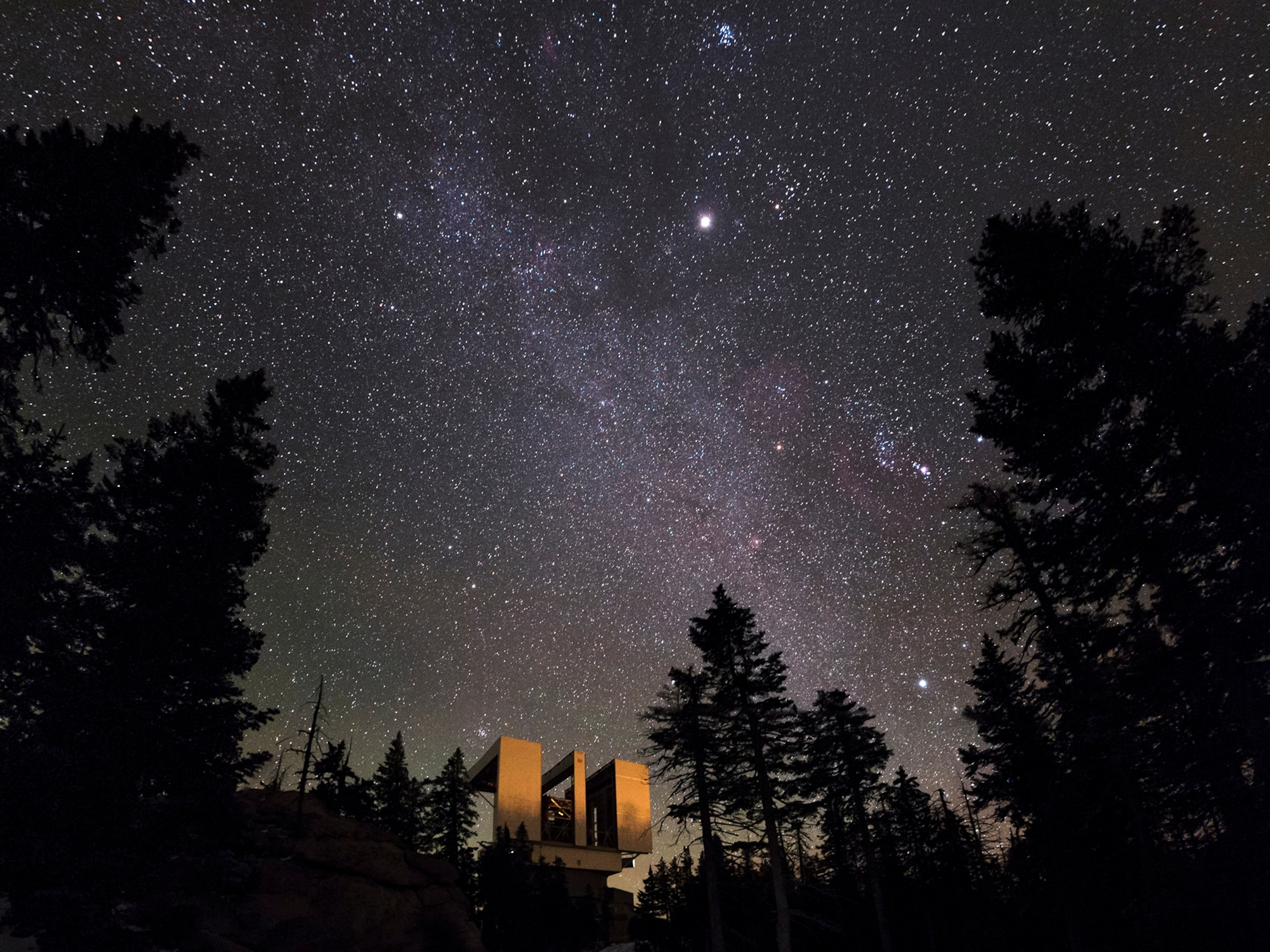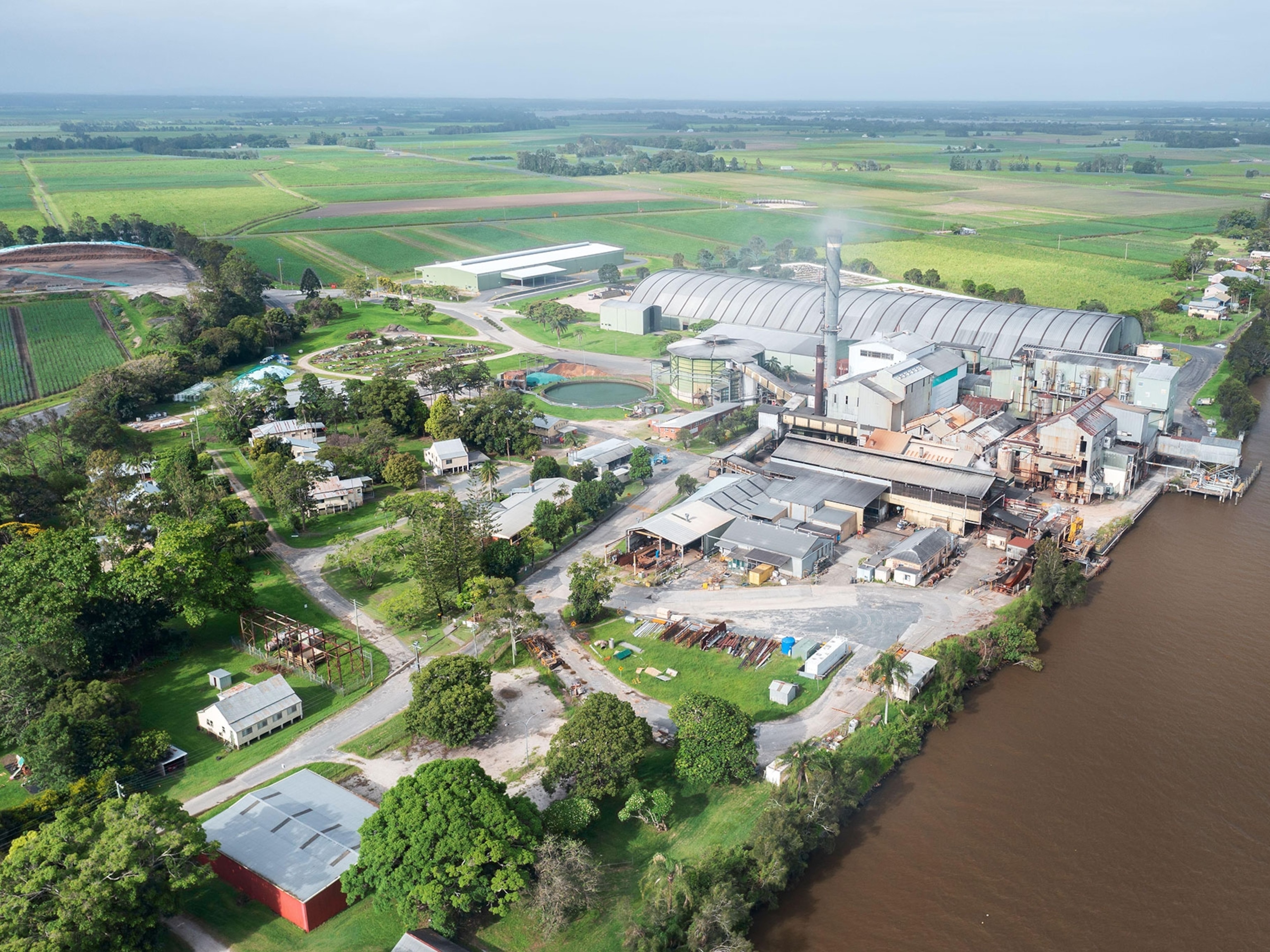
The 6 Best Places to Stargaze in Australia
Australia’s vast outback is dotted with world-class telescopes, giving tourists an extraordinary window on nearby planets, stars, and galaxies.
Want to explore the wonders of the universe without the light-years of travel and gravity sickness? Welcome to the exciting world of astro-tourism, where terrestrial astronomers and their telescopes take you on a journey to the stars. Australia’s clear skies and vast tracts of uninhabited land make it the perfect location for some of the world’s most significant astronomical observatories and telescopes—and a great destination for travelers who believe the sky isn’t really the limit.
Parkes Telescope, New South Wales
When Neil Armstrong took his first steps on the moon, the Parkes radio telescope was watching. Fondly known as “The Dish,” this 210-foot-wide telescope stands proudly in a grassy paddock that in 1969 was also full of sheep. Located around 220 miles west of Sydney, The Dish is one of the largest single-dish radio telescopes in the southern hemisphere, and has been involved in the discovery of more than half of the 2,000 known pulsars. Visitors can enjoy the monumental vista from the viewing area, or explore the universe in a high-definition 3D experience while kids complete a scavenger hunt.
Canberra Deep Space Communication Complex, Canberra
Nestled in the eucalyptus-covered slopes outside the Australian capital is the Canberra Deep Space Communication Complex. Its relatively small size belies its global significance as a listening post in NASA’s Deep Space Network; most recently, it caught the final signals from the Cassini spacecraft as it plunged into Saturn’s dense atmosphere last year. The four active antennas loom over a display-packed visitor’s center with exhibits on the past, present, and future of space exploration.
Australia Telescope Compact Array, New South Wales
The outback Australian town of Narrabri, five hours northwest of Sydney, is home to a population of around 6,000 people, plus plenty of kangaroos, emus, and koalas … and six enormous radio telescopes. The Australian Telescope Compact Array’s 70-feet-wide telescopes have helped study stars that are surrounded by glowing clouds of diamond dust, and been used to image spectacular supernova remnants and near-invisible ghost galaxies—an impressive array visitors can enjoy with daily free admission.
Siding Spring Observatory, New South Wales
If you’re after the “classic” telescope—the hemispheric dome that slides open to allow access to the heavens—then Siding Spring Observatory is the place for you. It’s home to eight research telescopes, including Australia’s largest optical telescope, which observes hundreds of galaxies and stars simultaneously. On the 310-mile trip from Sydney to the observatory’s home near Coonabarabran, visitors can also take in the world’s largest virtual solar system drive.

- National Geographic Expeditions
Gingin Observatory, Western Australia
Not far (at least in Australian distances) from the future site of the international Square Kilometre Array—the largest radio telescope ever built—is the Gingin Observatory. The dark Western Australian skies provide visitors the perfect spot for stargazing—with astronomers’ expert guidance—through the observatory’s telescopes. Visitors can also learn about Aboriginal astronomy from local Noongar elders, and explore gravity and cosmology at the Gravity Discovery Centre.
Sydney Observatory, Sydney
The center of Australia’s largest city might seem an odd place for an observatory, but the Sydney Observatory has stood, perched on a grassy hill overlooking Sydney Harbor, for more than 150 years. The warm sandstone building houses the oldest working telescope in Australia (first built to observe the transit of Venus across the face of the sun in 1874) which visitors can experience with a night tour.

















